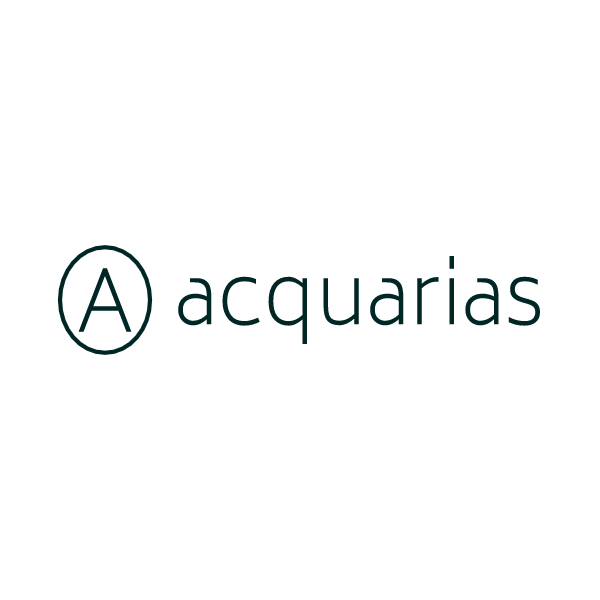6. Can we customize the functionality of the air water generator?
/Yes, functionality customization is an integral part of the Original Equipment Manufacturing (OEM) process. It allows the purchasing company to tailor the product – in this case, an air water generator – to fit specific needs, making the product more attractive and useful to potential customers. However, it's also a complex process that requires careful planning, clear communication, and a strong partnership between the purchasing company and the OEM.
1. Defining the Requirements:
The first step in customizing the functionality of an air water generator is to define the requirements. This involves understanding what you want the generator to do, how it should perform, and any specific features it should have. These requirements will be heavily influenced by the needs of your customers and the conditions in your target market. For example, you might require a generator that can operate efficiently in high-humidity environments or one that can produce a large volume of water quickly.
2. Design and Engineering:
Once the requirements are defined, the next step is to translate them into a specific design. This involves engineering work to select the appropriate components, configure the system, and develop any necessary new technologies. Depending on the complexity of the requirements, this can be a significant undertaking, requiring a high level of expertise and potentially a substantial investment.
3. Prototyping and Testing:
After the design is complete, a prototype of the customized air water generator is typically created. This prototype is then tested to ensure it meets the defined requirements. Testing might involve running the generator under various conditions, measuring its performance, and checking for any issues or faults. The results of these tests can then be used to refine the design and address any problems.
4. Production:
Once the design has been tested and refined, the next step is to move into production. This involves setting up the manufacturing process, procuring the necessary components, and beginning to produce the air water generators. Throughout this process, it's important to maintain a high level of quality control to ensure the generators meet the defined requirements and perform as expected.
5. After-Sales Support:
After the air water generators have been sold, the customization process continues with after-sales support. This can involve providing maintenance and repair services, offering training for users, and collecting feedback from customers. This feedback can then be used to further refine and improve the functionality of the air water generators in future iterations.
Customizing the functionality of an air water generator can be a complex and time-consuming process, but it can also provide significant benefits. It allows you to create a product that is perfectly suited to your customers' needs, which can make it more competitive in the market. It can also enhance your brand image, demonstrating your commitment to meeting your customers' needs and delivering high-quality, innovative products.
However, it's also important to keep in mind that functional customization comes with costs and risks. Custom designs can be more expensive to develop and produce, and there's always the risk that the final product won't perform as expected. Therefore, it's important to approach the customization process with a clear understanding of your requirements, a realistic assessment of the costs and risks, and a strong partnership with your OEM. With careful planning and execution, functional customization can be a powerful tool for differentiating your air water generators and achieving success in the market.

